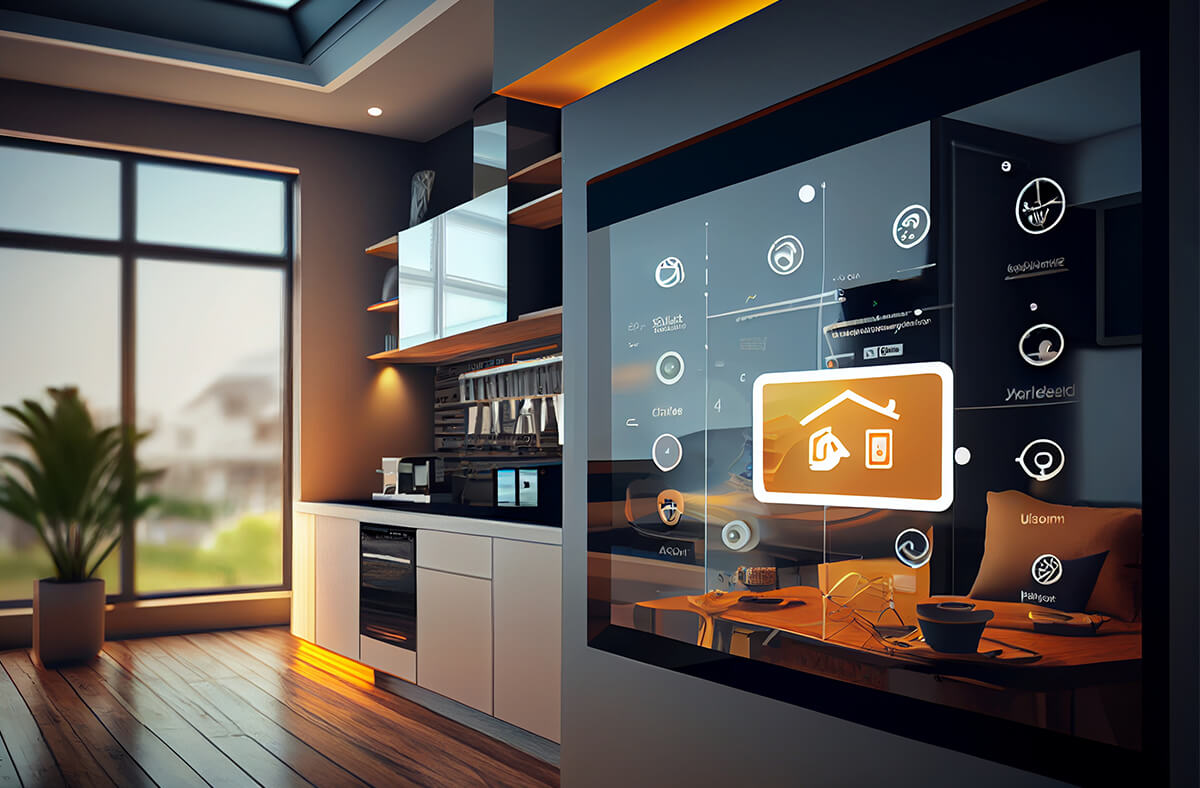When Your Home Starts Thinking for You: The IoT Revolution in Daily Living
Imagine waking up in a home that already knows your schedule — the coffee is brewing, the thermostat has adjusted to your perfect temperature, and your favorite morning playlist begins softly in the background. This isn’t science fiction anymore; it’s the reality of smart homes powered by IoT in 2025.
Homes have transformed into intuitive, AI-powered companions that don’t just respond but anticipate your every need. From appliances that manage your groceries to security systems that know who’s knocking before you do, IoT innovations have woven themselves into the very fabric of how we live, making our spaces smarter, safer, and surprisingly more human.
Let’s journey through the game-changing technologies that are turning ordinary houses into extraordinary smart sanctuaries.
More Than Machines: How Smart Homes Are Becoming Your Personal Assistant
The latest home assistants have grown from simple voice-activated gadgets into proactive members of your household. They learn your routines, adapt to your preferences, and sometimes, it feels like they can read your mind.
No longer do you have to ask for the weather or set reminders manually — your assistant does it all quietly behind the scenes, adjusting the lights as daylight changes, prepping your coffee before you’re even out of bed, and reminding you gently about your appointments, all while respecting your privacy with local data processing.
These assistants have become indispensable partners, blending seamlessly into daily life without demanding attention but always ready when you need them.
The Kitchen of Tomorrow: Appliances That Anticipate Your Cravings
Think of a refrigerator that not only stores your food but watches the clock on your groceries, suggests recipes based on what’s inside, and even orders replacements before you run out. That’s no longer a luxury but a standard expectation in 2025 kitchens.
Smart ovens have learned to adjust cooking times perfectly for every dish, remotely preheat on your command, and even alert you when your culinary masterpiece is ready. Meanwhile, washers, dryers, and dishwashers adjust cycles based on weather and electricity rates, saving energy and money without you lifting a finger.
This intelligent orchestration turns everyday chores into effortless rituals.
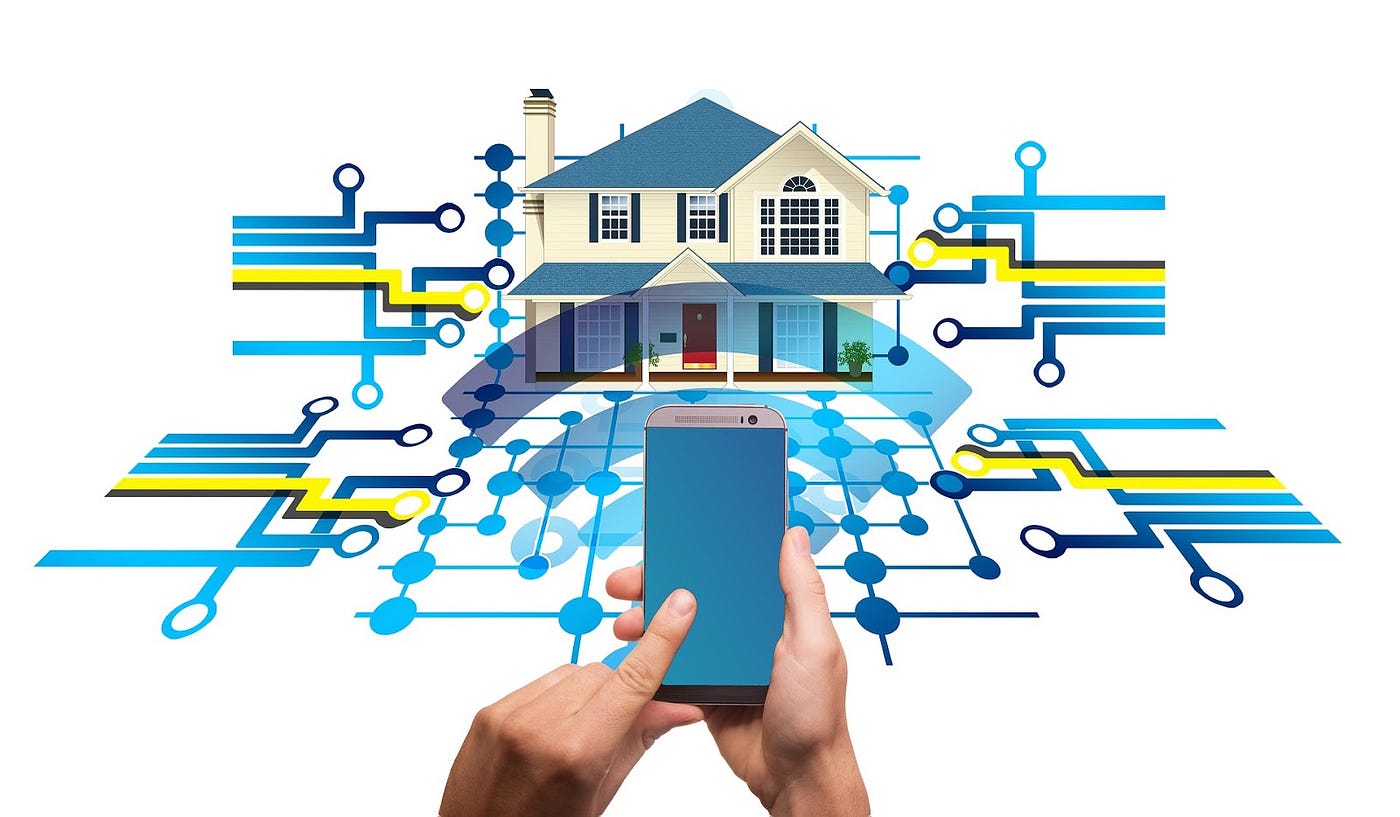
Your Smart Home Ecosystem
Security That Sees and Thinks: Keeping Your Home Safe, Smartly
Home security has evolved beyond locks and alarms. Today’s systems integrate AI-driven cameras that recognize faces and detect unusual activities with uncanny precision. You can grant temporary access to trusted guests through your smartphone, while biometric locks ensure only the right people enter.
When something’s wrong, smart alerts spring into action, notifying you — and even authorities — instantly. This is security designed not just to protect but to anticipate and prevent threats before they happen.
The Invisible Energy Manager: Saving Power Without Sacrifice
Imagine a home that knows exactly when to turn off lights in empty rooms, adjust heating and cooling based on when you’re home, and sell surplus solar energy back to the grid — all automatically. That’s what smart energy management looks like in 2025.
Connected thermostats, lighting, and appliances converse with energy providers and weather forecasts to optimize consumption, helping you save money and shrink your carbon footprint without even thinking about it.
Homes aren’t just living spaces anymore — they’re active participants in building a sustainable future.
Jessica’s Smart Home: Where Comfort Meets Sustainability
Take Jessica, for example. Her home in Silicon Valley isn’t just smart; it’s a finely tuned ecosystem. Her AI hub coordinates everything — lowering energy use when the family is away, adjusting irrigation based on the forecast, securing the premises while they’re gone.
The results? A 35% reduction in energy bills and a level of comfort that feels almost magical. Jessica’s story is proof that smart homes aren’t just tech toys — they’re life changers.
Your Wrist’s New Best Friend: How Wearables Are Changing Health
Gone are the days when wearables just counted steps. Today’s devices are like personal health detectives — quietly monitoring heart rhythms, oxygen levels, sleep quality, even mental wellness.
They catch problems before you notice symptoms, offering insights that empower you and your doctors to act early. From tracking stress to guiding better sleep, these smart companions live with you 24/7, turning data into real, actionable health benefits.
Fitness Gets Smarter: Coaching You Through Every Move
Personal trainers in your pocket? That’s the promise and reality of 2025 fitness trackers. They analyze your movements, adjust workouts based on recovery and nutrition, and connect with smart gym equipment to tailor every session precisely to your body’s needs.
Fitness isn’t just about burning calories anymore; it’s a science of balance, recovery, and wellbeing — all powered by IoT and AI working in harmony.
Sleeping Soundly in a Connected World
Rest has taken a giant leap forward with IoT-enabled sleep aids. From mattresses that change firmness to optimize comfort, to smart devices that adjust humidity and lighting in your bedroom, technology is now a trusted partner in delivering deeper, more restorative sleep.
Wearables track your sleep stages, and IoT bedroom ecosystems respond in real-time, helping you wake up refreshed and ready to face the day.
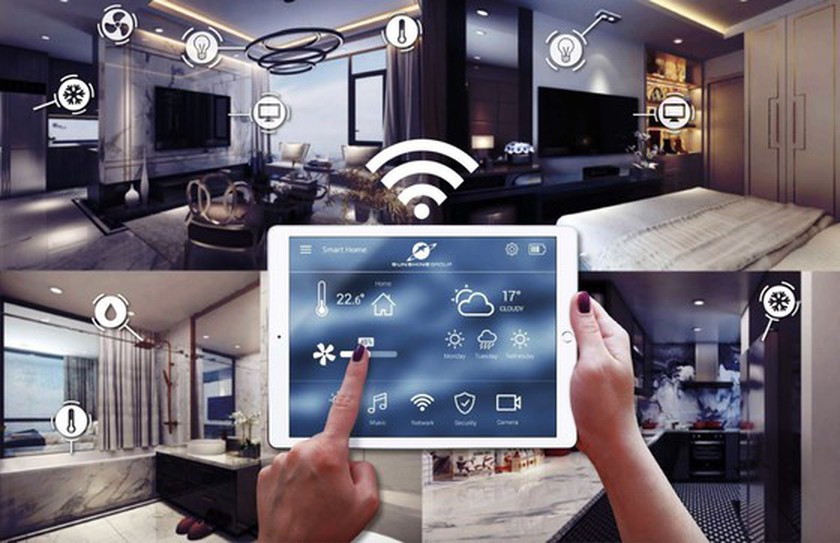
tech_smart-homes-enjoying-promising-future-2
Mind Over Machine: Mental Wellness Gets a Tech Boost
Wearables don’t just care for your body — they care for your mind. Monitoring stress through skin response and breathing patterns, these devices offer guided breathing exercises, meditation prompts, and mood tracking to help you manage anxiety and build resilience.
It’s a new frontier where technology meets emotional health with empathy and insight.
When Cities Get Smart, Life Gets Easier
IoT isn’t just reshaping homes and bodies — it’s revolutionizing entire cities. Imagine traffic lights that adapt instantly to congestion, waste bins that call for pickup only when full, and public safety systems that detect incidents and dispatch help before things escalate.
Smart cities are turning data into action, making urban life cleaner, safer, and surprisingly more human.
Rerouting Traffic and Reclaiming Time
Say goodbye to endless jams. Sensors and connected vehicles work together in real-time to optimize traffic flows, reduce pollution, and get you where you need to be faster. Smart signals talk to each other and to your car, creating a dance of efficiency on the roads.
Trash That Talks: How Smart Waste Management Keeps Cities Clean
Smart bins with sensors know exactly when they need emptying, cutting down on needless pickups and the emissions that come with them. Some even sort recyclables automatically, making cities greener and cleaner with less effort.
Eyes and Ears Everywhere: Safety in a Connected Urban Jungle
From AI surveillance cameras that recognize faces to sensors detecting gunshots or emergencies, smart cities keep watch so people can live and move with confidence. Drones and robots patrol, ready to respond instantly, turning data into safety in real time.
Building Smarter Cities With Data That Speaks
Urban planners now rely on IoT data — about noise, air quality, pedestrian flow — to design cities that are not just functional but livable. This data-driven approach helps create environments where people thrive, blending technology and humanity seamlessly.
Barcelona’s Blueprint: A Smart City Success Story
Barcelona has led the charge in smart city innovation, using IoT to reduce congestion, improve air quality, and optimize resource use. Their integrated systems offer a glimpse of what’s possible when technology serves people — a city that listens, learns, and adapts.
Table: Where Smart Tech Meets Real Life
| Where It Happens | What It Does | Who’s Leading the Charge | Why It Matters |
|---|---|---|---|
| At Home | AI assistants, smart appliances, security, energy management | Amazon, Google, Nest, Ecobee | Makes life easier, safer, greener |
| On Your Body | Health tracking, fitness coaching, sleep aids, mental health support | Apple, Fitbit, WHOOP, Oura | Keeps you healthier and happier |
| In The City | Traffic control, waste management, public safety, urban planning | Cisco, IBM, Siemens, Barcelona city | Makes urban living efficient and safe |
The Connected Lifestyle: How IoT Enhances Every Moment
In 2025, IoT isn’t just about devices talking to each other — it’s about weaving a seamless web of connections that enhance our everyday experiences. From smart kitchens to personalized entertainment, IoT makes life flow effortlessly, giving you time back for what truly matters.
Let’s explore how these innovations blend technology with daily living — and see the numbers that prove just how transformative this is.
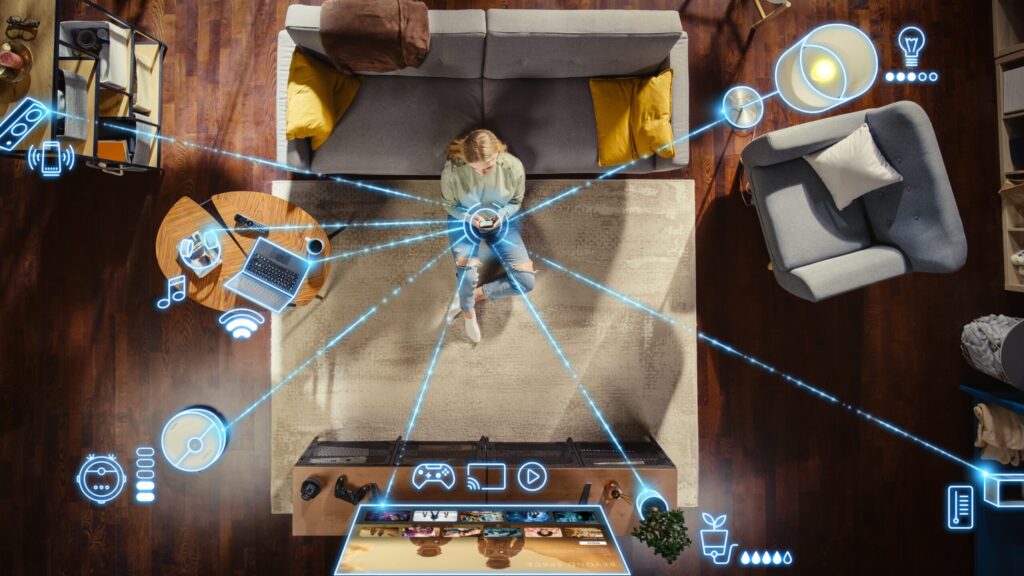
Top,View,Of,Caucasian,Woman,In,The,Loft,Apartment,Sitting
Easy Smart Home Setup
Smart Kitchens: Where Convenience Meets Creativity
The kitchen is the heart of the home, and with IoT, it’s become a smart, intuitive space that learns your habits and supports your lifestyle. Imagine a refrigerator that tracks your nutrition, smart ovens that perfect your recipes, and pantries that reorder themselves.
Here’s a detailed look at how IoT kitchen appliances are reshaping meal preparation and household management.
| Appliance Type | Key Features | Benefits | Leading Brands | Average Adoption Rate 2025 (%) |
|---|---|---|---|---|
| Smart Refrigerators | Inventory tracking, expiration alerts, automatic ordering | Reduces food waste, saves time | Samsung, LG, Whirlpool | 48 |
| Smart Ovens | Remote preheat, recipe guidance, automatic cooking adjustments | Improves cooking accuracy, energy saving | GE, Bosch, Miele | 42 |
| Smart Dishwashers | Water usage optimization, cycle customization | Saves water and energy | Bosch, Whirlpool, Samsung | 35 |
| Smart Coffee Makers | Scheduled brewing, strength adjustment, remote control | Personalized coffee, convenience | Keurig, Nespresso, Breville | 40 |
Entertainment Revolutionized: IoT in Your Living Room
Gone are the days of fiddling with multiple remotes. IoT-enabled entertainment systems provide an immersive experience with voice control, automated scene settings, and personalized content suggestions — all adapting to your mood and preferences.
Check out the statistics on smart entertainment adoption and user satisfaction:
| Feature | Description | User Benefit | Market Share Leaders | User Satisfaction Score (out of 10) |
|---|---|---|---|---|
| Voice-Controlled TV | Control via voice assistants | Hands-free, faster navigation | Amazon Fire TV, Roku, Apple TV | 8.9 |
| Automated Lighting | Mood-based lighting scenes | Enhanced viewing experience | Philips Hue, LIFX | 9.2 |
| Personalized Content | AI-curated recommendations | More relevant entertainment | Netflix, Spotify, YouTube | 9.0 |
| Multi-Room Audio | Synchronizes sound across rooms | Immersive audio environment | Sonos, Bose | 8.8 |
Table: Energy Savings with IoT-Enabled Appliances
Smart energy management isn’t just about comfort — it’s a powerful tool for cutting costs and reducing environmental impact. Here’s a comparative look at energy savings realized by different IoT appliances:
| Appliance | Traditional Energy Use (kWh/year) | IoT-Enabled Energy Use (kWh/year) | Average Savings (%) | Environmental Impact Reduced (tons CO2/year) |
|---|---|---|---|---|
| HVAC Systems | 3000 | 2100 | 30 | 1.7 |
| Lighting Systems | 1200 | 720 | 40 | 0.5 |
| Refrigerators | 800 | 600 | 25 | 0.3 |
| Water Heaters | 2500 | 1750 | 30 | 1.2 |
How IoT is Redefining Workplace Productivity
Smart offices use IoT to create spaces that adapt to employee needs — optimizing lighting, air quality, and even desk occupancy. This tech doesn’t just improve comfort; it boosts productivity, lowers absenteeism, and cuts energy costs.
Workplace IoT: Key Metrics
| IoT Application | Primary Benefit | Reported Productivity Increase (%) | Energy Savings (%) | Adoption Rate in 2025 (%) |
|---|---|---|---|---|
| Smart Lighting Systems | Automated adjustment to natural light | 15 | 35 | 50 |
| Occupancy Sensors | Desk and room usage optimization | 20 | 25 | 45 |
| Air Quality Sensors | Healthier indoor environment | 10 | N/A | 40 |
| Smart Meeting Rooms | Efficient scheduling and use | 18 | N/A | 38 |
Healthcare IoT: Personalized Medicine Meets Real-Time Monitoring
From hospitals to homes, IoT is reshaping healthcare by enabling continuous monitoring and faster response. Wearables send vital signs to doctors instantly, smart medication dispensers remind patients when it’s time to take pills, and remote surgeries are becoming feasible with robotic assistance.
Healthcare IoT Market Growth
| Segment | 2023 Market Value (Billion USD) | 2025 Projected Market Value (Billion USD) | CAGR (%) 2023-2025 |
|---|---|---|---|
| Remote Patient Monitoring | 14.7 | 22.5 | 20 |
| Wearable Health Devices | 9.3 | 15.0 | 23 |
| Smart Medication Systems | 3.5 | 5.5 | 19 |
| Hospital Automation | 7.8 | 12.4 | 18 |
Urban IoT: Data-Driven Decisions for Better Cities
Cities equipped with IoT devices gather vast amounts of data that help urban planners make smarter decisions — optimizing traffic, energy use, and public safety. The impact is measurable, with reductions in congestion, energy consumption, and crime rates.
Smart City Impact Metrics
| Metric | Pre-IoT Baseline | Post-IoT Implementation | Improvement (%) |
|---|---|---|---|
| Average Traffic Delay (minutes) | 35 | 22 | 37 |
| Energy Consumption (MWh/month) | 10,500 | 7,900 | 25 |
| Crime Rate (per 1000 residents) | 5.4 | 3.2 | 41 |
| Waste Collection Efficiency (%) | 70 | 92 | 31 |
The Environmental Promise: IoT’s Role in Sustainability
The environmental benefits of IoT go beyond individual homes and offices — at scale, these technologies contribute massively to sustainability goals by reducing emissions and optimizing resource use.
Environmental Impact by Sector
| Sector | Estimated CO2 Reduction (Million Tons/year) | Key IoT Applications |
|---|---|---|
| Residential Buildings | 12 | Smart HVAC, Lighting, Appliances |
| Commercial Buildings | 9 | Energy Management, Smart Offices |
| Transportation | 15 | Smart Traffic, Fleet Management |
| Waste Management | 5 | Smart Bins, Recycling Automation |
Case Study: How Amsterdam Became a Leader in Smart Urban Living
Amsterdam’s integrated IoT systems reduced traffic congestion by 30%, cut energy use in municipal buildings by 28%, and improved public safety response times by 25%. Their approach combines citizen engagement, open data, and technology innovation — a model many cities now emulate.
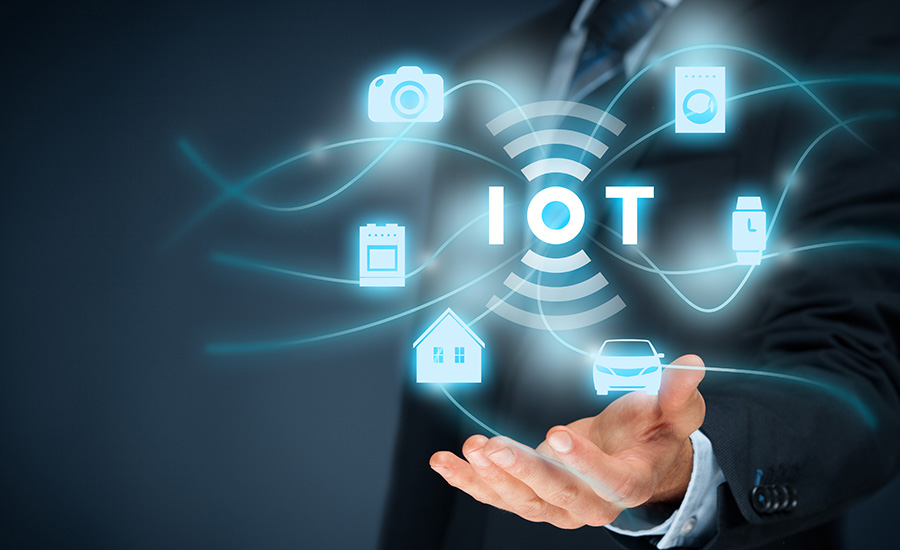
Top Smart Home Trends in 2025
IoT and You: Embracing the Future with Confidence
As IoT becomes more embedded in our lives, understanding how to harness its power is key. From security and privacy to practical everyday tips, this final part will guide you through the most common questions and help you make IoT work for you — safely, smoothly, and smartly.
Why is IoT becoming indispensable in 2025?
IoT’s rapid growth stems from its ability to make life simpler, more efficient, and more personalized. Devices talk to each other, anticipate needs, and automate tasks — all while gathering valuable data that improves experiences continuously. Plus, the expansion of 5G networks and edge computing means faster, more reliable connections, making IoT more practical than ever.
Key factors driving IoT adoption today
-
Affordability:Devices are cheaper and easier to install.
-
Interoperability:Platforms increasingly work together seamlessly.
-
Data intelligence:AI integration makes IoT smarter.
-
Energy efficiency:Smart devices cut costs and carbon footprints.
-
Consumer demand:People want convenience, safety, and control.
What are the main reasons people hesitate to adopt IoT?
Privacy and security concerns top the list. Many worry about data breaches or being tracked. Others find IoT systems complex or overwhelming to set up. Understanding these fears helps companies build better solutions and helps you protect yourself.
A Practical Guide: How to Start Your Smart Home Journey
-
Assess your needs:Start with areas that impact daily life — lighting, security, or climate control.
-
Choose compatible devices:Stick to ecosystems that talk to each other.
-
Secure your network:Use strong passwords and enable two-factor authentication.
-
Gradual integration:Add devices one by one to avoid complexity.
-
Stay updated:Regularly update device firmware to protect against vulnerabilities.
How to maximize IoT benefits while minimizing risks
-
Use encrypted connections and VPNs.
-
Regularly review device permissions.
-
Choose reputable brands with clear privacy policies.
-
Educate yourself about data management.
-
Disconnect unused devices.
List of the most impactful IoT devices for everyday life in 2025
-
Smart thermostats (e.g., Nest, Ecobee)
-
Voice assistants (e.g., Alexa, Google Home)
-
Security cameras with AI (e.g., Ring, Arlo)
-
Wearable health trackers (e.g., Fitbit, Apple Watch)
-
Automated lighting (e.g., Philips Hue)
-
Smart locks (e.g., August, Yale)
Where is IoT headed next?
Expect AI-powered predictive capabilities, more decentralized edge computing, and increased focus on sustainability. Cities will become smarter, healthcare more personalized, and homes more intuitive. The next decade promises a world where IoT blends invisibly into daily life, enhancing well-being and productivity.
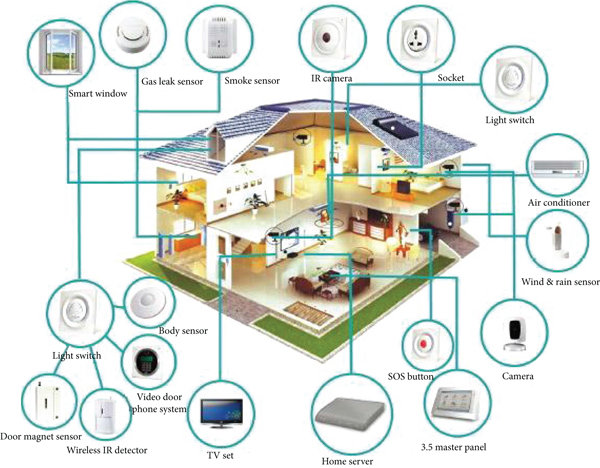
Smart-Home-http-smarthomeenergy
When will IoT become truly mainstream?
While already widespread, true mainstream adoption depends on solving security concerns and improving user experience. Industry forecasts suggest mass-market saturation by 2027, with billions of connected devices worldwide.
Who benefits most from IoT innovations?
Everyone—from busy professionals and families to healthcare patients and urban planners. IoT’s flexible, scalable nature means benefits at both personal and societal levels.
Frequently Asked Questions (FAQ)
Q1: Is IoT safe to use at home?
A:When properly secured and updated, IoT devices are safe. Follow best practices for passwords, software updates, and network security.
Q2: How much does it cost to set up a smart home?
A:Costs vary, but entry-level smart devices start around $30–$50, with more advanced systems scaling up based on features and integration.
Q3: Can IoT save me money?
A:Yes! Smart energy management alone can reduce utility bills by up to 30%.
Q4: Will IoT devices work if the internet goes down?
A:Many devices still function locally, but remote access and some automation features require connectivity.
Q5: How do I choose the right IoT devices?
A:Focus on compatibility, brand reputation, and the specific problems you want to solve.
In Conclusion: IoT Is Your Ally in 2025 and Beyond
The Internet of Things is no longer a futuristic concept — it’s an integral part of modern living, transforming how we interact with our environment, manage health, boost productivity, and protect our homes. Its power lies in connection, convenience, and intelligence.
By embracing IoT thoughtfully, you gain a powerful ally that anticipates your needs, adapts to your lifestyle, and helps build a smarter, more sustainable world — one device at a time.
Bonus: A Must-Watch Video on IoT Trends in 2025
To see the cutting-edge innovations and expert insights in action, check out this comprehensive video:


